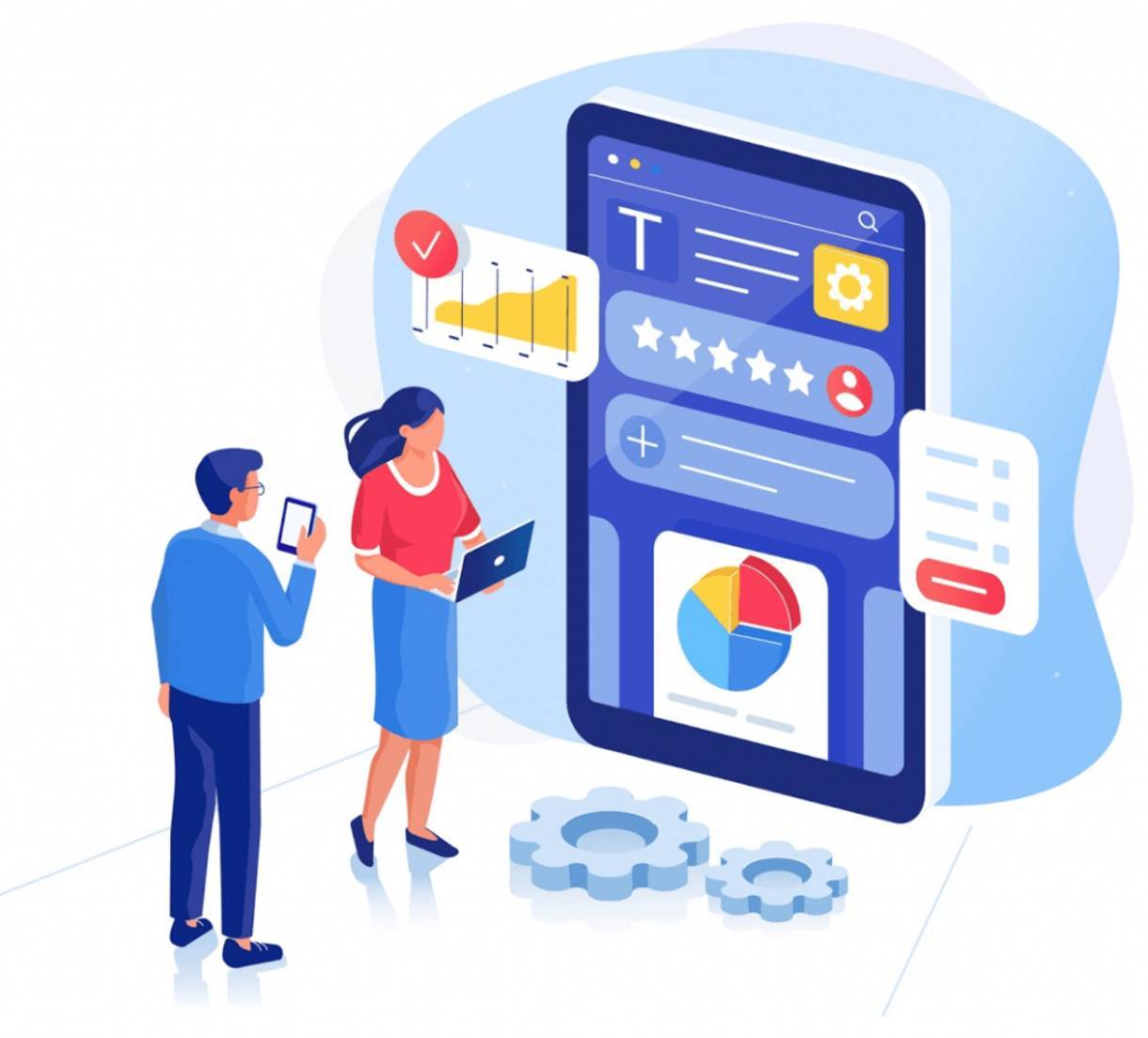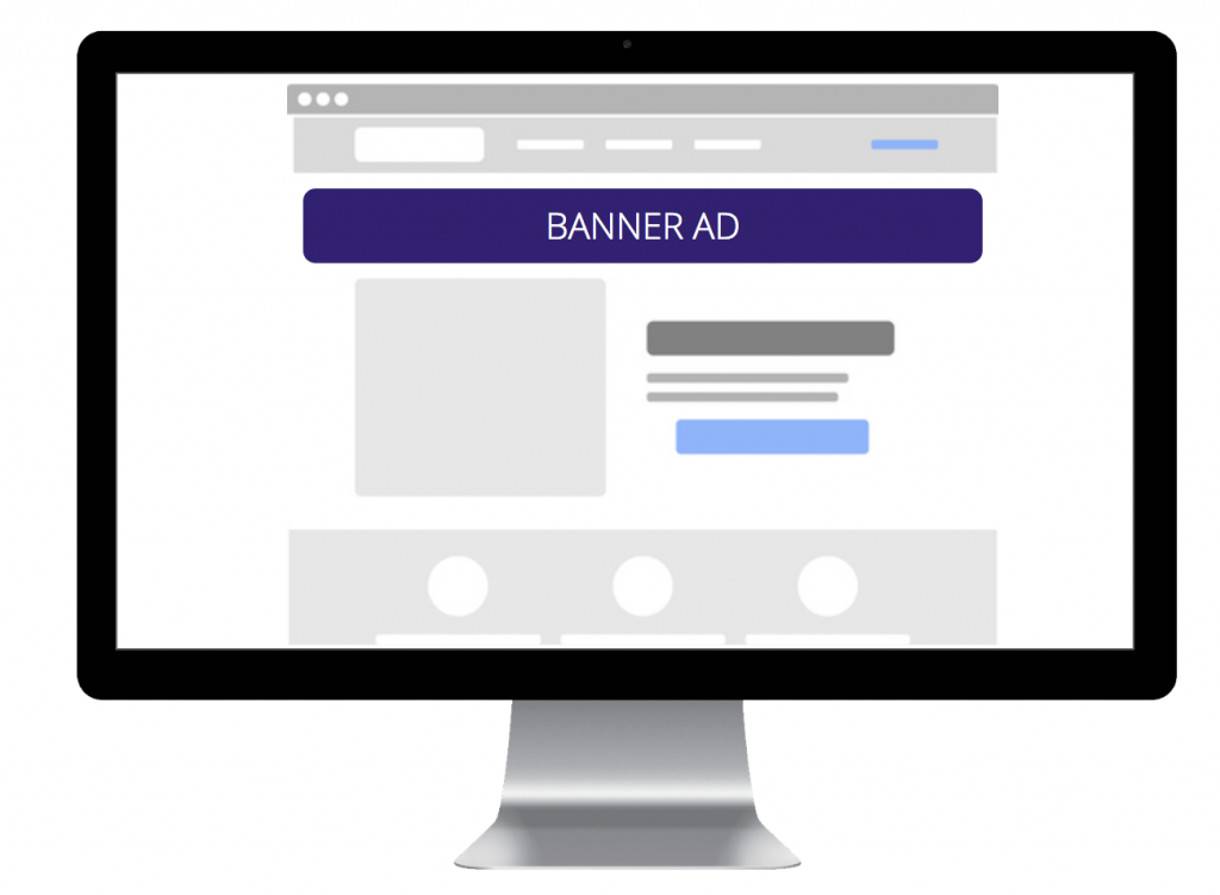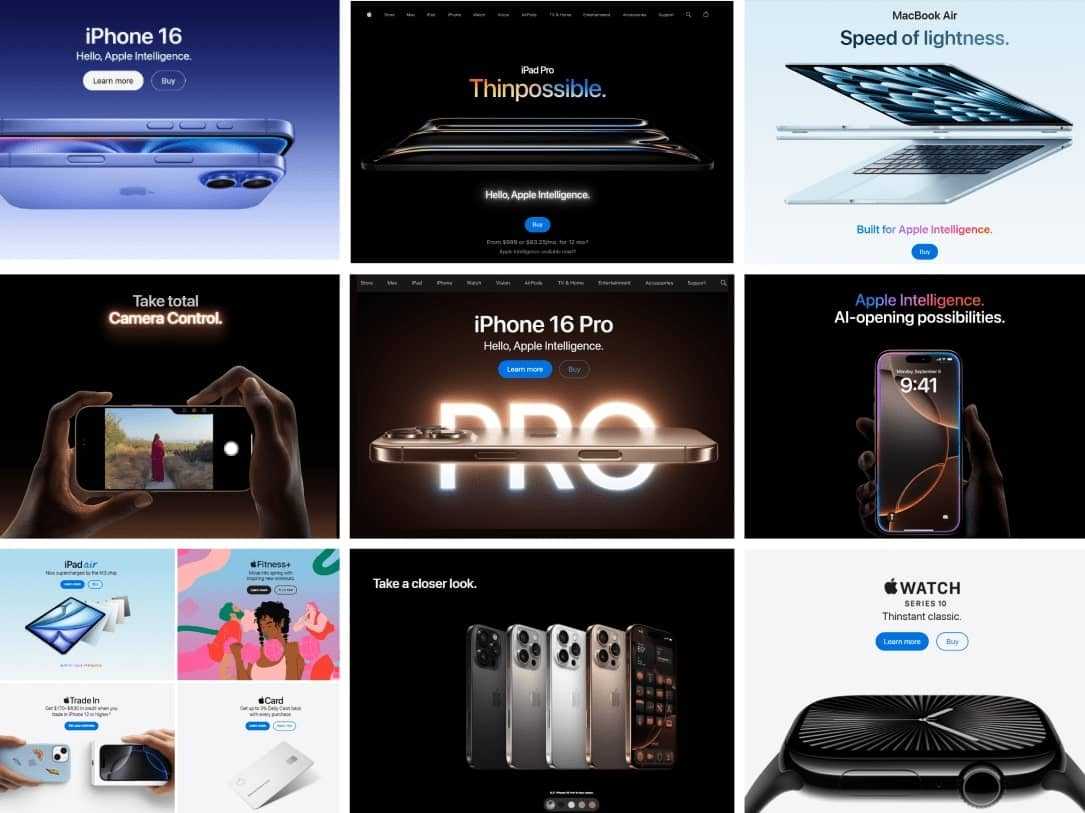

Digital Trends to Watch in 2021
As we all know, the year 2020 has been a whirlwind for many reasons, but particularly in terms of innovation within the digital space. The number of connected devices, online users, and digital interactions has gone up to a previously unprecedented number, largely due to a combination of the global pandemic and the latest advancements in personal and mobile computing. As we have endured restrictions due to COVID-19 by remaining largely indoors, we have re-examined our relationship with technology and how it supports our resilience, our need to connect, and our ability to overcome great challenges.
As we hopefully emerge in this new year into a newer, safer world thanks to the introduction of vaccines, the digital world will also be impacted by a few key emerging trends in 2021 and beyond.
Table of Contents
Click to jump to any section below:
- Lead Generation Will Be Driven by AI and Machine Learning Technology
- Site Performance Will Be the Holy Grail of Organic SEO
- Web Experiences Will Replace Trade Shows & Conferences
- More Websites Will Leverage the Power of Personalization
- Cookie Targeting Will Scale Down as Effectiveness Decreases
- IP Targeting will Become Less Effective
1 | Lead Generation Will Be Driven by AI and Machine Learning Technology

The introduction of artificial intelligence tools to help streamline marketing processes and drive businesses growth has been progressing rapidly. Business leaders believe that the future of marketing lies in the ways that digital marketers work alongside machine-learning based tools.
By reducing the time it takes to research and analyze prospect data, ML technology helps marketers understand their target audience better and faster. By tracking these consumer trends and proactively generating actionable insights, tools with AI or ML will streamline the formerly time-consuming prospecting process so that marketers and sales teams can reach more leads and convert more new business in 2021.
Machine Learning Leverages Consumer Data
ML (Machine Learning) can benefit businesses by finding hidden knowledge in available consumer data, such as segmentation of users based on characteristics such as their interactions with online content, the products they view or save to a list on an eCommerce site, their past history of purchases or browsing activity, and more. Naturally, more of this kind of consumer data will continue to become available as more and more of the shopping, researching, and purchasing process happens digitally.
Engaging More Customers Directly with ChatBots
Chatbots are AI and ML-driven tools that help brands engage with web visitors and other digital audiences on a more personal level. ML-based conversational tools allow the collection of data volunteered by particular users during their chats, including personal information such as where they live, their product preferences, their lifestyle habits, and more.
Learning from Smart Assistants and Voice Search
Of course the best examples of brands capitalizing on these technologies at a larger scale are Google, Apple, or Amazon, thanks to having a vast amount of data collected through voice searches and commands sent to their devices and AI-driven smart assistants. This helps these tech giants gain a better understanding and prediction of consumer behaviors and demands, thereby expanding their marketing advantage.
Increasing Access to AI & ML Technology
Thanks to the entrepreneurial spirit thriving in the tech sector, new startups surrounding AI and ML technology will continue to pop up in 2021. That’s why we believe the year will see ML-driven and AI-enabled software become less limited to the big enterprises, and more accessible to smaller organizations that will explore and push the potential marketing applications of AI and ML-based tools further.
2 | Site Performance Will Be the Holy Grail of Organic SEO

In our increasingly fast-paced world, we have never had a greater “need for speed”—and this is especially true when it comes to browsing the internet. As more of our browsing time has shifted to connected mobile devices, traditional best practices around site performance have elevated, and providing the best possible user experience has become more imperative for ranking on the first page of online search results—especially for competitive search keywords.
Google Already Warned Us in 2020
Improving your site’s page loading speed as much as possible will have a more pronounced effect on your marketing in 2021, considering in mid-2020 Google announced an increasing emphasis on Page Experience as a search ranking factor for websites moving forward. Google recognized that a large part of what makes search results high-quality is the experience searchers have once they click through and actually browse them. When potential customers have to wait longer than 2 seconds for pages to load, they tend to click away from your site to see what your competitors offer, or they get distracted by aggressive online advertising.
5G is Elevating Web User Expectations
As 5G networks continue their rollout, more smartphones become 5G-enabled, and super fast sites become the norm rather than the exception, web users are becoming more used to the advantages of high-speed connectivity and the superior user experience of browsing websites over a 5G connection. That will only make it more important for site owners to focus on optimizing their mobile experience, else they risk losing business to competitors who have prioritized the mobile usability of their sites. One trend related to this that will continue into 2021 is the shift toward developing websites as Progressive Web Apps (PWAs) that offer unique performance advantages over traditional sites.
3 | Web Experiences Will Replace Trade Shows & Conferences

With the uncertainty of the coronavirus pandemic, trade show organizers continue to digitally remake their events. According to the Center for Exhibition Industry Research, 73% of trade show organizers canceled at least one show due to the coronavirus pandemic—up from 62% in April. More trade show operators are moving their events to be exclusively online, even for 2021.
More Networking and Growth Opportunities
The positive side of this trend is the increased opportunity for brands that typically rely on trade shows and conferences for building their network to reach many more people in their industry at a much lower cost. Many trade shows are simply accelerating their plans to become entirely digital, because the logistical expenses of attending and promoting at trade shows can be steep—making it difficult for independent brands with smaller budgets to compete.
More Variety For Customers and Vendors
Digital trade shows also help “level the playing field” by giving customers access to a larger variety of brands, thanks to the ability of more small and medium-sized businesses to compete and have a presence equal to bigger brands, at least within the digital medium. Similarly, large brands that often attend trade shows to find new vendor partners will be exposed to a larger audience of prospective vendors.
Websites Will Become Trade Show Exhibits
The disadvantage of “online trade shows” is that, like any event, those who exhibit or attend are somewhat at the mercy of event organizers and their ability to offer a quality experience for audiences. That’s why more organizations will focus on transforming at least part of their websites into “virtual showrooms” that offer the same experiences offered to event attendees, such as browsing a catalog of product or service offerings, exploring the company’s history, or connecting directly with a sales team member. Online interactions also enable brands to collect and analyze more useful information about visitors who “stop by the booth” from their browsing data, rather than simply collecting a business card.
4 | More Websites Will Leverage the Power of Personalization

Creating customized experiences for website visitors rather than providing a single, broad experience allows companies to present audiences with unique experiences tailored to their needs and desires. Recognizing the individuality of users helps in building customer relationships and develops customer confidence in brands.
Translating Personal Interactions to Online Experiences
In the offline world, we experience personalization in unique ways—for example, at various retail outlets, bar counters, or restaurant tables, the servers greet us, help educate and advise us on our order, and address us with our names, which motivates us to return and become repeat customers.
These experiences are now being transferred rapidly into the digital world, and will go to the next level in 2021. Customers are growing accustomed to personalized experiences from their news feed, social network, and shopping recommendations. Companies who want to improve their products will consider personalization as a top commerce technology investment priority.
Accomplishing Website Personalization
To be truly effective, website personalization in 2021 will require the implementation of several strategies seamlessly working together with emerging web technologies:
Discovering and Profiling Audiences
This will be done by targeting visitors in real time based on the actions they take on sites—for example, visitors browsing specific products only, searching for particular services, reading more on subject matter blogs, or watching certain product videos. More will be learned about site visitors through dynamic customer profiling or analysis of past behaviors and stated preferences.
Planning Customized Experiences
Once you understand your visitors, you can create more compelling on-site experiences tailored to appeal to your specific audiences. Doing so will require a content manager or digital agency that can elegantly manage the scale and complexity of those personalized digital experiences.
Continuous Measurement and Optimization
Constantly measure the return on your Website Personalization investment. Not every personalized experience will resonate, so it’s important to always understand how these experiences are performing and adjust your strategies accordingly.
Personalized Landing Pages
Landing pages are typically a visitor’s first interaction with a brand’s identity. They represent what’s in store for the visitors, and a crucial pivot point guiding them through the buyer’s journey. Adding a personalized touch to landing pages, such as addressing visitors by their name or greeting them “Good Morning” at the appropriate time of the day in their native language, will not only impress them, but also make those websites stand out from competitors.
Personalized Calls to Action (CTA)
CTAs that offer a level of personalization can encourage website visitors to start a free trial, read a blog post, take a survey, and even watch a demo they may otherwise not be interested in. As more digital marketers customize and personalize their CTAs in 2021, they will increase their conversion rates and outperform their competition.
5 | Cookie Targeting Will Scale Down as Effectiveness Decreases

As privacy laws continue to pit advertisers and browsers against each other in 2021, it will get increasingly harder for marketers to obtain detailed and reliable user browsing activity through the use of cookies.
If you’ve spent any time surfing the internet and “accepted cookies”, you’ve encountered cookie-based targeting. Cookie Targeting was lauded as the powerhouse of digital marketing until recently, as emerging shortcomings continue to limit and indeed reverse the growth of this trend.
The Time-Consuming Implementation Process
To enable cookie targeting, each “pixel” must be attached to a webpage rather than your website overall. Adding this code to a wide variety of web pages can be time and effort-intensive. Often, a relatively low volume of visitors are in a cookie targeting campaign at any point. It’s fully based on who visits your site, and which pages they visit– so pages that are low-traffic do nothing to support this type of campaign. Cookies are deleted as soon as a site visitor deletes their browser history.
The Lack of Verifiable Visitor Identification
It’s impossible to know for certain who specifically is accessing a web page from a particular browser. If someone that is not the owner of the device uses it to access the internet, you could end up targeting the wrong person (the device owner) with cookie-based retargeting later on. Likewise, cookie targeting is susceptible to non-human visitors, such as web crawlers and click farms. Countless digital ad marketing dollars have been wasted due to ad-targeting bots.
The Growth of Browser-Based Ad-Blockers
While the above reasons demonstrate why cookie targeting is becoming a more flawed practice, the most important and timely reason is that many browsers are beginning to add and promote native features that recognize and block cookie-based ads. Apple recently announced that Safari is defaulting to blocking all third-party cookies, and Google has stated that Google Chrome is on track to do the same in 2021. Since Apple products dominate the mobile market and Google Chrome is the preferred browser for nearly 3 billion web users worldwide, this means businesses and agencies relying on cookie-based ad retargeting are about to lose access to data that helps them market to a huge audience of potential consumers.
6 | IP Targeting Will Lose Effectiveness

While IP targeting became incredibly popular among digital marketing professionals in the last few years, several emerging factors are changing the outlook on IP targeting’s legality and effectiveness as we move into 2021.
Emerging Questions Around IP Tracking and Privacy
Like cookie tracking, the level of specificity and accuracy offered by IP targeting also comes with some controversy. There are emerging questions around where IP addresses fall relative to data protection regulations such as GDPR or California’s CCPA, which were initially drafted to address practices such as cookie tracking. New questions surround whether IP addresses should be similarly classified as personal data—and if so, whether they should be similarly protected as private information.
Information declared personal often has to be stored and used according to strict regulations, but IP addresses represent a grey area in the definition of personal information. While the personal nature of IP addresses has long been debated and is stricter in other countries than the U.S., the general consensus is that IP targeting is not illegal, as the information is inherently public.
Audience Data Tied to Geography Will Change
As the pandemic continues into 2021, an untold number of living and working trends will be changing as companies and workers both adjust to new mixes of remote and on-site operations. As a consequence, these changing behaviors will affect the accuracy and relevance of market data tied to demographics living or working in a defined geographic area.
This data may have guided an IP targeting strategy in 2020, but it will soon become outdated, or at least more inaccurate, as audiences shift the physical locations where they shop, conduct business, access entertainment, or interact socially. We are already seeing signs that homeowners and families are migrating away from urban areas and seeking more space, as well as moving away from cities in general as they enjoy newfound flexibility in remote working environments.
Stay on Top of the Latest Trends
At DBS, our strategists are constantly monitoring the digital landscape to identify trends and opportunities for our clients to grow through digital. To keep up with the latest developments, you can subscribe to our email newsletter.
If you want to learn more about how DBS can help drive growth for your business, please reach out to our team.




